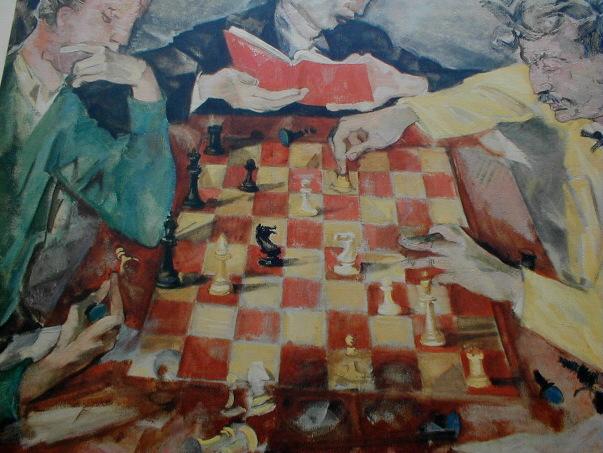A moment of Tactical Vision blindness

Here is exercise 176 in Level 20 of CT-art. Black to move.
Although, I have seen this problem at least 30 times before, I just got it wrong on my last past. I see before me the classic conditions of anastasia mate. A Knight looking to make its way to d2 check, a queen ready to sac on a2 and a rook to get into the a file for a checkmate.
But I see an issue here the rook can take if the knight moves to d2 . Then I start calculating a bunch of other ideas which goes nowhere .
The structural consideration I do not see is that the rook only offer pseudo protection that moving the rook to capture allows blacks queen to check on the back rank. Rook returns is captured checkmate.
Pseudo Protection is something I do not always see especially when it is combined as in this case with another motif. I often do not calculate lines because I believe a pawn could capture but is absolutely pinned to the king.
I am trying to be vigilant about remembering I have this occasional tactical vision blindness and hope writing this post will help me remember.


7 Comments:
At 7:33 PM, hisbestfriend said…
hisbestfriend said…
Ok, isn't this a 2 way problem... After Nd2+ that there are two different mates depending on either Rxd2 or Ka1?
At 3:16 AM, takchess said…
takchess said…
Thanks,I corrected my post to from c2 to read d2. Absolutely it is a classic case of a an overworked piece. The Rook is required to stay to prevent against a backrank mate (which I did not calculate when I saw the problem). The Rook is required to capture on d2 to prevent an anastasia mate. It can't do both so white loses.
At 7:40 AM, Loomis said…
Loomis said…
Perhaps it's just seeing those Convekta pieces that makes me immediately think of Qxa2. :-). Though it's immediatly clear that it doesn't work. After that the first line I see is Nd2 Rxd2 followed by the bank-ranker. Then I calculate the other mate.
I think the difference in order between which mate you see first depends on how you approach the problem. From your description, it seemed like you quickly visualized the final position with the rook and knight giving mate. For me, I just started with the checks and looked at the most natural responses.
I'm certain that visualizing the final position is important. Often when I get problems wrong in CT-Art and they give their hints, the hints help me see the final goal and then it's much easier to think up the moves to get there. Too bad nobody is giving hints in the tournament hall. :-).
At 8:57 AM, hisbestfriend said…
hisbestfriend said…
I think I understand, but I also think this is why you do the circles. To help your vision break through what it misses.
I think some are commonly difficult (like the sam loyd puzzles where 99% of the people don't see the key move), some are relatively easy, some in between.
For me, there are a couple of types. New indirect force. (IE, the force of this piece comes back in play later in the puzzle), Putting pieces apparent enprise to a pawn (though I am having alot less problem with these, either in direct or discovered check), and LONG moves from one area of the board to another.
But really, it is all getting easier. I have recognized the problem when it happens, and I often see them later.
I think one of the advantages of PCT is that the "missing" penalty is not very high. This actually helps. Often you're just not ready to learn it yet. But over time, the scales start to fall from your eyes. It took awhile to appreciate this, I used to think just the opposite. But now you just go with the flow, and you just get better and better. And that's the point, right?
At 9:04 AM, hisbestfriend said…
hisbestfriend said…
Actually, pieces coloration is an issue here for me. Why are the white pieces "black" and the brown pieces "white"? One of the Conveckta issus :-}
Though me and my son, who no has purple and blue pieces, have started to give up on color. He has played purple as white, and I have played white as black. It really does confuse the on-lookers, and it also breaks down some color based vision problems.
At 9:46 AM, takchess said…
takchess said…
Loomis, intensive rereading of the how to beat your dad at chess makes the anastasia mate and variation pop out for me.
HBF, extensive circles are helping me see but there still is a % that escapes and the mind being what it is lazy. It sometimes looks for logical shortcuts to reach answers that are incorrect.
As to piece coloration silver = black and gold = white, I found it annoying at first but have with time don't even notice it anymore.
At 1:05 PM, Elise said…
Elise said…
Nice share
Post a Comment
<< Home